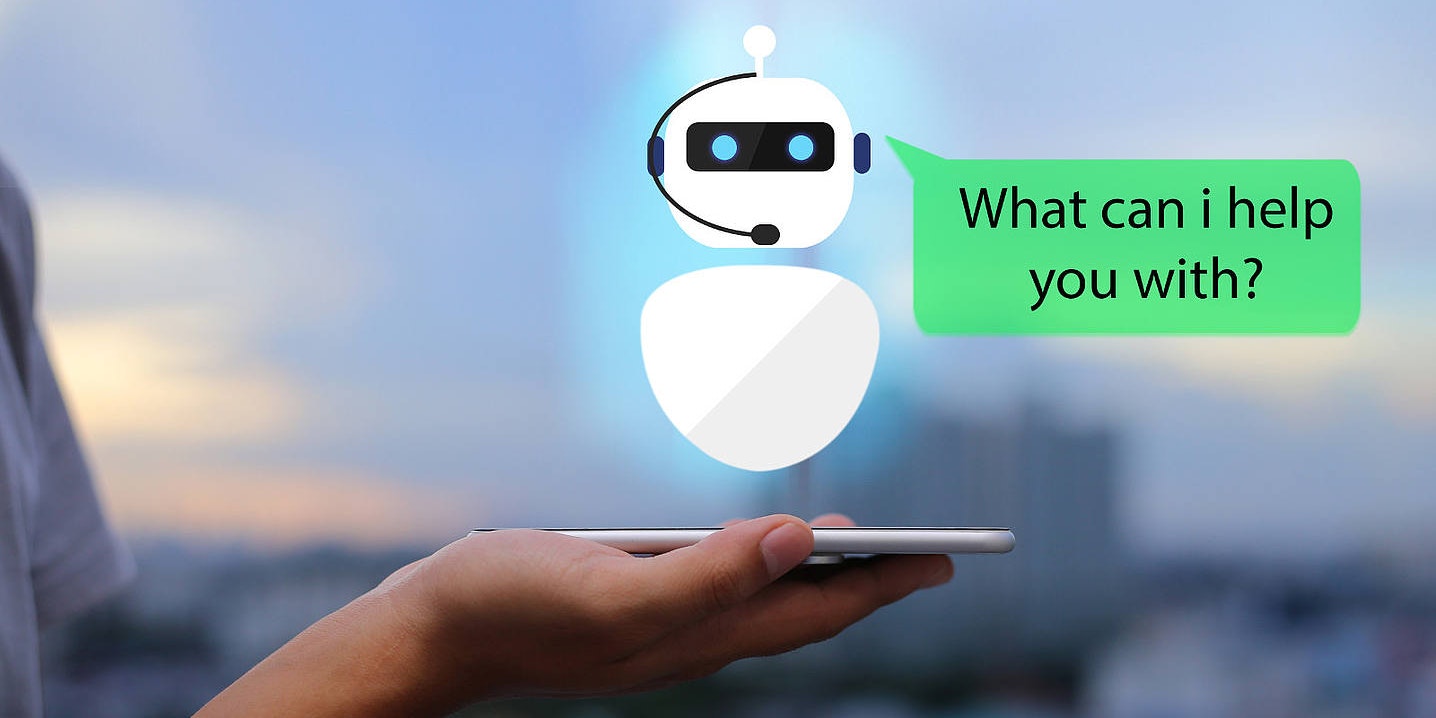How about having your own chatbot on your website? We show you why a bot is worthwhile and how to create it in three easy steps.
Chatbots have been around for a long time, but in the future they will probably become even more important. A study by PIDAS in cooperation with the ZHAW shows the following findings:
- 70% of those surveyed have already interacted with a chatbot or are willing to interact.
- The younger the respondents, the more likely they are to interact with a bot.
- Respondents see the main benefits of chatbots as providing support in the search process, providing product information and obtaining feedback on the customer experience.
- According to the respondents, the industries that have the most potential for chatbots are e-commerce, insurance and banking.
If you also want a chatbot for your website, but are not sure how to approach the project, we have put together three simple steps for you:
1. A good start
«Hi, how can I help you?» is a frequently used start of chatbot conversations, but it is not very popular with users. Because instead of actually helping, the bot shifts the work to its counterpart. Therefore, let your chatbot start with the solution of a problem and not with the search for a problem.
Think about: Which problem can the chatbot solve? What challenges do users encounter on your website that a chatbot can help with? Which conversion should be done on the website? Then align your chatbot exactly to this.
An example: On your website you have a large selection of patterns that can be bought by your customers. Your chatbot should directly address these patterns: «Are you looking for a pattern for adults or children?», «Are you looking for a pattern for advanced or beginners?» or «Are you interested in summer or winter clothing?» would be good questions to start with.
2. The three question marks
If you find point 1 difficult to answer, this point may help you: Think about the three questions your customers typically ask you again and again. This will result in the three most important «problems», which you can then solve with the chatbot.
If you are not sure about these three questions, you can use a live chat to collect all of your customers' questions over a certain period of time and then evaluate and sort them according to the most important questions or groups of questions.
3. The right look and feel
As in many situations, the right setting is also important for a chatbot: Think about the situation your customers find themselves in when they communicate with the bot. Are they at work and under time pressure? Are they practicing their hobby and very relaxed? Are they mostly new customers who are not yet familiar with the product or are they returning users who can be picked up directly? Adjust the content, the way of speaking and the speed of your bot according to the expectations of your users.
An example: You offer different insurances for companies. Your customers are mainly active in the financial sector. They are therefore most likely interested in receiving a concrete recommendation for an insurance policy quickly and directly.
Finally, consider which chatbot best suits your customers, your product and the specific problem solution. Is it female or male, young or old, funny or serious, does it get to the point quickly or does it make nice, long sentences? The better you adapt your chatbot to the expectations of your customers, the higher is the probability that they will enjoy talking to him and convert.
After all these considerations, you have taken the necessary steps to successfully develop a chatbot! For the implementation there are various tools available, whereby we have had good experiences with aiaibot (a Swiss tool) and landbot. With both tools you will have your chatbot created and integrated on your website in no time.
Do you still have open questions or do you need our content-related or technical support? We are happy to help you!













